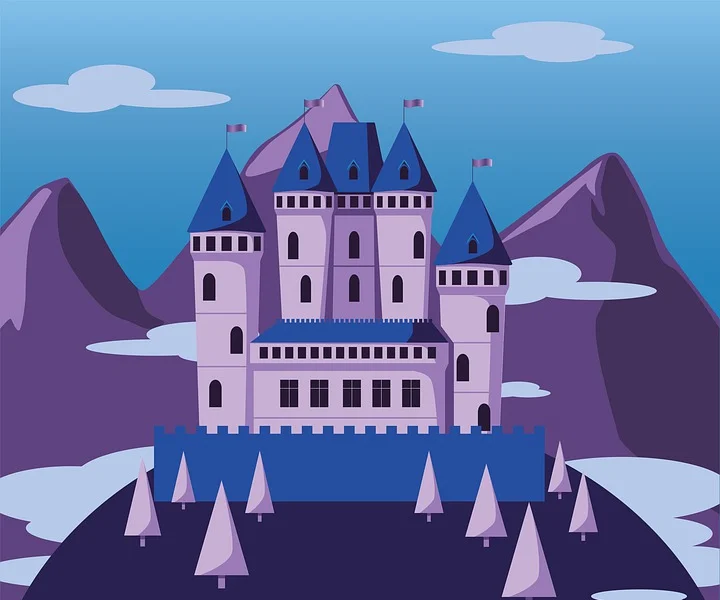Note that your final mark will not be saved in the system.
Narrative (last assessment 2023) Notes
Page: Summary of Narrative
What is Narrative?

Essentially, ‘narrative’ refers to the way in which the sequence of events in a story is constructed, as well as how the events are positioned in relation to each other for the pleasure and understanding of the audience.
In order to discuss ‘narrative’ effectively, it is important that you are able to tell the difference between ‘narrative’ and several very similar terms:
- Story – Refers simply to a sequence of events as they happen chronologically
- Storytelling – The action of presenting a story to an audience
- Plot – Refers to the way in which the events of a story are unfolded for the audience – this term tends only to be used for media texts which tell traditional stories, e.g. film, television, radio drama
- Structure – Relates to the framework that presents the events of a narrative and the form in which the events are told
Story vs Narrative
There a few good ways of remembering the difference between ‘story’ and ‘narrative’:
- Narratives are concerned with: Causality (Why something is happening); Time (When something is happening) and Space (Where something is happening) – ‘Story’ is more simply concerned with ‘What is happening’
- If you are presented with a sequence of events and you reshuffle them, the story will stay the same but the narrative will now be different
Types of Storytelling
- The plot of films, television shows and radio dramas
- The way cover lines on magazine covers introduce stories on later pages
- The relationship between images and text on a print advert
- Explanatory text or instructions on a mobile app or video game
- Storytelling techniques used by newspapers, e.g. the inverted pyramid where the most important information is positioned at the top. The less important slowly is then filtered down through the story.
| Narrative Structure | Definition | Film/TV Example |
| Linear | The events of the story are presented in chronological order | In the war film 1917 we follow two soldiers on a mission from one afternoon to the following morning |
| Non-linear | The events of the story are presented out of chronological order | The events of the film Little Women (2019) are presented out of order so we cut between multiple periods of one family’s life |
| Closed | A narrative with a clear beginning, middle and end | The Lion King begins with Simba and his family living in peace. Scar disrupts this peace. Simba defeats Scar to restore it. |
| Open | Typically contains many characters and has no clear ending | British soap operas such as EastEnders have no foreseeable ending |
| Circular | When the narrative ends at the point at which it began | In each episode of The Simpsons, the characters have exciting experiences but they ultimately end each episode in the same position as they started in |
| Interactive | When the events of the story are directly caused by the audience | Bandersnatch is a Black Mirror episode in which audiences can select what the main character does using their devices |
| Multistrand | A narrative that balances, and often interlinks, various storylines | Game of Thrones follows dozens of different characters in a range of different locations |
Narrative Devices
These are techniques media producers use to move a narrative forward
- Point of View – Who or what we as audience members are encouraged to identify with or relate to, i.e. who are we following through the narrative – it could be the presenter of a documentary, the model in a print advert or the editor of a newspaper
- Characterisation – How the personalities and traits of particular characters are depicted as well as how they might drive the narrative. It widely understood that ‘story is character’. In some of the most effective and popular narratives, it is what the characters say and do that drives the narrative – it could be the villain in a film, the person who uses the product in a television advert, the main character in a video game or a guest on a podcast
- Themes – The topics or issues addressed, either directly or subtly, in a narrative – it could be mental health in a brochure, female empowerment in a music video or politics in a newspaper article
- Setting – The time and place in which a story takes place – this could be the location of a film, the world of a video game, the images on a website or the era discussed in a historical podcast
- Mode of Address – How a media text speaks to its audience. This can depend on who the media text addresses and how it addresses them – broadsheet newspapers have a formal mode of address whereas television game shows tend to have an informal mode of address. Many print adverts use direct address as they instruct audiences to buy products. On the other hand, films usually have indirect address – it is unusual for film characters to speak directly into the camera
Or click 'Enter' key!